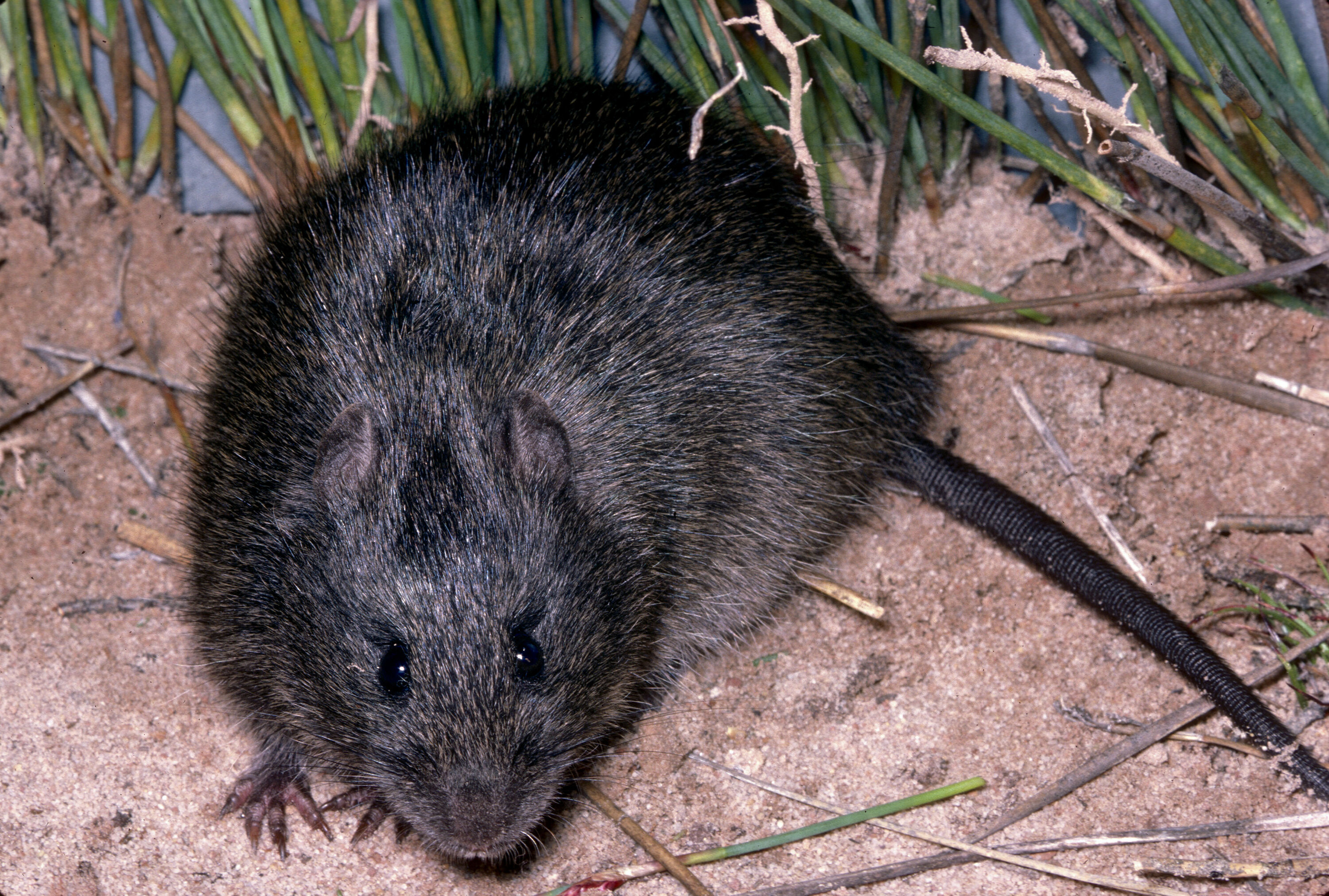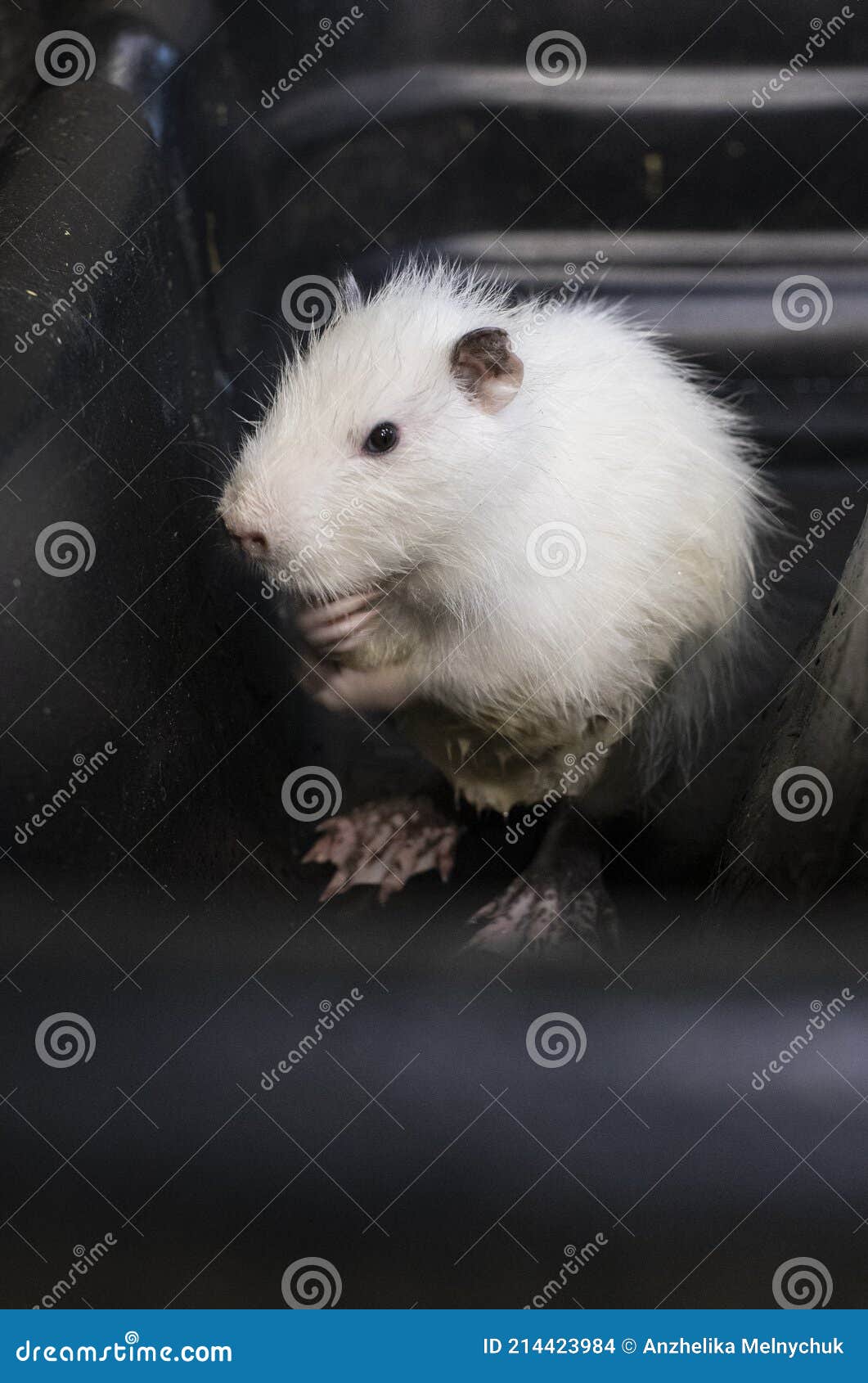Swamp rat pictures - My first Swamp Rat. (large pictures)
My first Swamp Rat. (large pictures)
In the south, the hispid cotton rat Sigmodon hispidus and the rice rat regularly occur together; water levels are known to influence relative abundance of these two species in Florida.
These ranges are relatively large because this species occupies a large geographic range, and its body size is closely correlated with climate.
Muskrats have sometimes been a food resource for North Americans.
'Rodents of Unusual Size': Swamp rat documentary's 5 grossest moments
Both marks were a world record.
The degradation is compounded: Without the root systems, when flooding occurs, and as sea levels rise from climate change, the marshes wash away.
In streams, ponds, or lakes, muskrats burrow into the bank with an underwater entrance.
- Verwandter Artikel
2021 callawayapparel.sanei.net

































